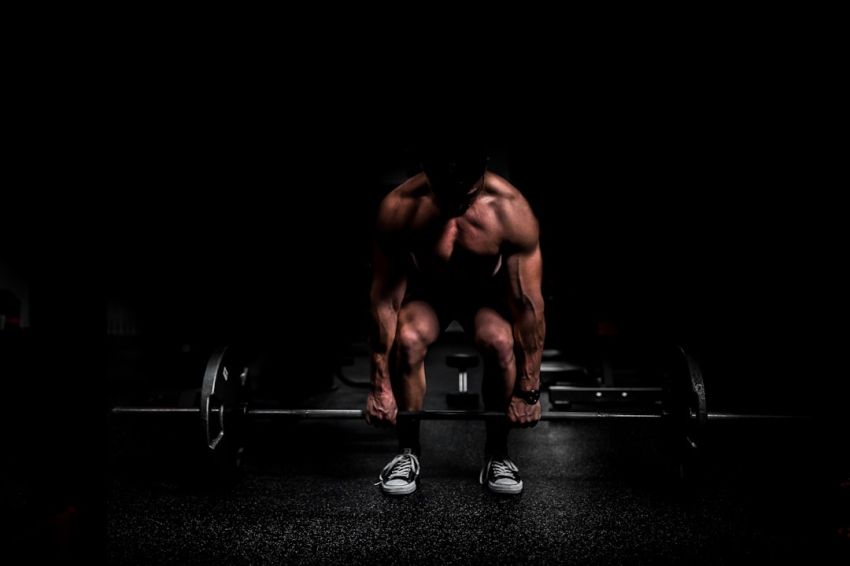How to Use a Body Fat Calculator for Fitness Goals

In the pursuit of achieving fitness goals, monitoring body fat percentage is a crucial aspect that often gets overlooked. While weight alone can be misleading, body fat percentage provides a more accurate reflection of one’s overall health and fitness level. Utilizing a body fat calculator can offer valuable insights into your body composition and help you tailor your fitness routine for optimal results. Here’s how you can effectively use a body fat calculator to enhance your fitness journey.
Understanding Body Fat Percentage:
Body fat percentage refers to the proportion of fat mass in relation to lean mass in the body. It is a more reliable indicator of health and fitness than body weight alone, as individuals with the same weight can have vastly different body compositions. A healthy body fat percentage varies depending on factors such as age, gender, and fitness level. For instance, a fit male may have a lower body fat percentage compared to a sedentary male of the same age.
Selecting the Right Body Fat Calculator:
There are various methods to calculate body fat percentage, ranging from simple measurements to advanced technologies. Common methods include skinfold calipers, bioelectrical impedance analysis (BIA) scales, dual-energy X-ray absorptiometry (DEXA) scans, and hydrostatic weighing. Each method has its own level of accuracy and ease of use. When selecting a body fat calculator, consider your preferences, budget, and access to different tools.
Using a Skinfold Caliper:
Skinfold calipers are a popular and affordable tool for measuring body fat percentage. This method involves using calipers to pinch and measure skinfold thickness at specific sites on the body. The measurements are then inputted into a formula to estimate body fat percentage. While skinfold calipers can provide a quick assessment, accuracy may vary depending on the skill of the person taking the measurements.
Utilizing BIA Scales:
Bioelectrical impedance analysis (BIA) scales are commonly found in gyms and households as a convenient way to estimate body fat percentage. These scales send a low electrical current through the body to measure resistance, which is used to calculate body fat percentage. While BIA scales are easy to use and non-invasive, factors such as hydration levels and body composition can influence the accuracy of the readings.
Exploring Advanced Methods:
For a more precise measurement of body fat percentage, advanced methods like DEXA scans and hydrostatic weighing can provide detailed insights into body composition. DEXA scans use X-ray technology to differentiate between bone, muscle, and fat mass, offering a comprehensive analysis of body composition. Hydrostatic weighing involves submerging the body in water to measure displacement, providing an accurate estimation of body fat percentage.
Tracking Progress and Adjusting Goals:
Once you have determined your body fat percentage, use this information to track your progress and adjust your fitness goals accordingly. Aim to maintain a healthy body fat percentage range that aligns with your age, gender, and fitness objectives. Regularly monitor changes in body fat percentage to assess the effectiveness of your fitness routine and make necessary adjustments to achieve your desired results.
Incorporating Body Fat Percentage into Your Fitness Routine:
Understanding your body fat percentage can guide your fitness decisions, such as setting realistic goals, choosing appropriate exercises, and adjusting your nutrition plan. Focus on building muscle mass while reducing body fat to improve overall health and fitness levels. Remember that body fat percentage is just one piece of the puzzle, and it should be considered alongside other factors like strength, endurance, and flexibility.
Embracing a Holistic Approach to Fitness:
Achieving your fitness goals requires a holistic approach that considers various aspects of health and wellness. By incorporating body fat percentage measurements into your fitness routine, you can gain valuable insights into your body composition and make informed decisions to optimize your training efforts. Remember that progress takes time and consistency, so stay committed to your fitness journey and celebrate the milestones along the way.
Enhancing Your Fitness Journey with Body Fat Calculations:
By utilizing a body fat calculator effectively, you can enhance your fitness journey and work towards achieving your goals with greater precision. Understanding your body composition empowers you to make informed decisions about your fitness routine, nutrition, and overall well-being. Embrace the valuable insights provided by body fat calculations and let them guide you towards a healthier, fitter version of yourself.